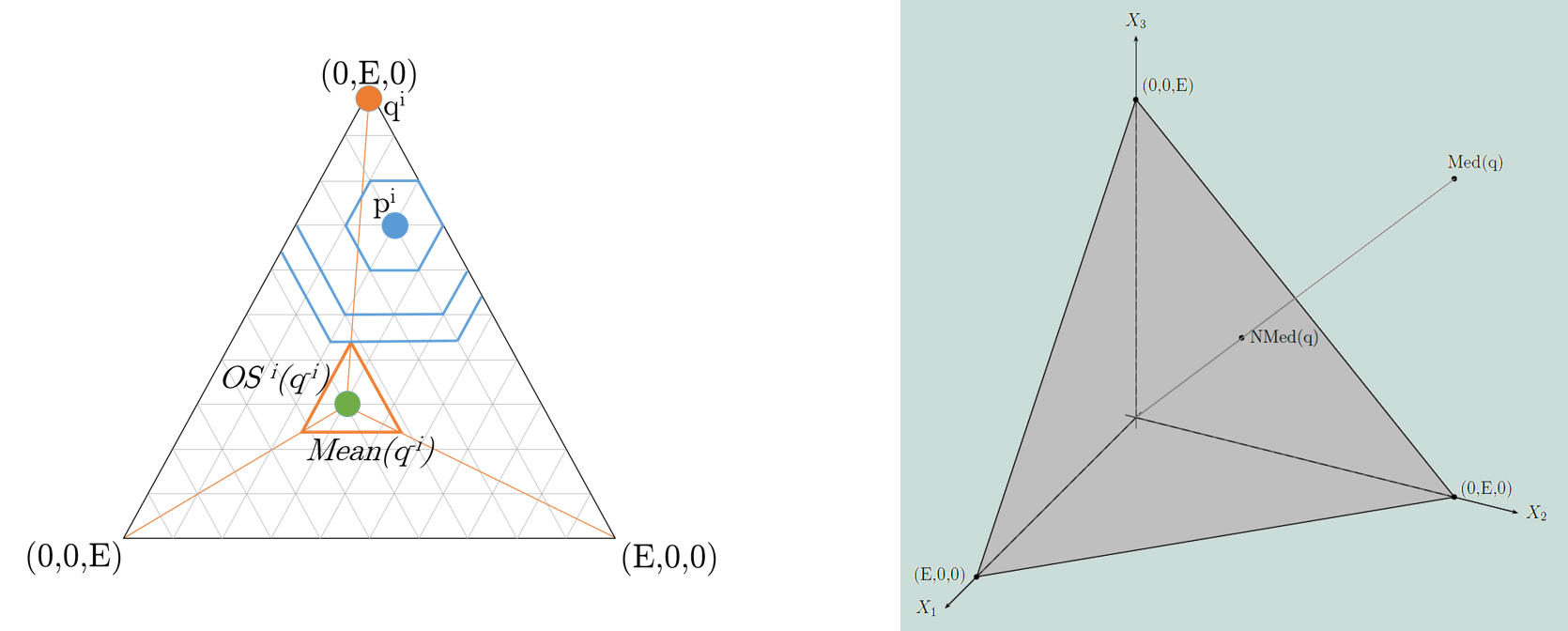Experimental Voting Theory
We empirically test different voting rules in the allocation of public projects in a laboratory experiment. The mean rule is highly manipulable theoretically and we find indeed that subjects have a strong tendency to play the corresponding Nash equilibrium strategy. In contrast, median-based rules are more difficult to manipulate, and sometimes truth-telling is a weakly dominant strategy. While most subjects play a best response to truth-telling of all other voters, a significant fraction of them does not vote truthfully themselves.

We study the effect on the participation rate of different voting rules in the context of a simple resource allocation problem. While the impact on the social outcome under the mean rule is small for large electorates, it is certain and always greater than zero. By contrast, the impact under the median rule has large variance. We theoretically analyze the individual impact on the social outcome for different preference distributions under the mean and the median rule. For some preference distributions the expected impact on the social outcome is larger under the median rule than under the mean rule.This raises the question whether the differences in the individual impact has implications for the participation rates under these voting rules. In a field experiment, we test whether, and how, voter turnout varies with the voting rule and we elicit beliefs about the impact on the social outcome.
Prof. Dr. Clemens Puppe: clemens.puppe∂kit.edu
Jessica Jachimowicz: jessica.jachimowicz∂kit.edu
